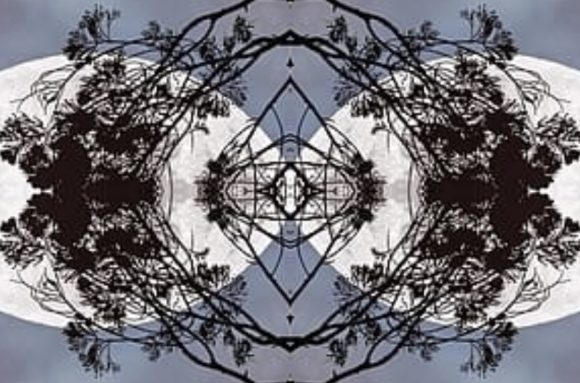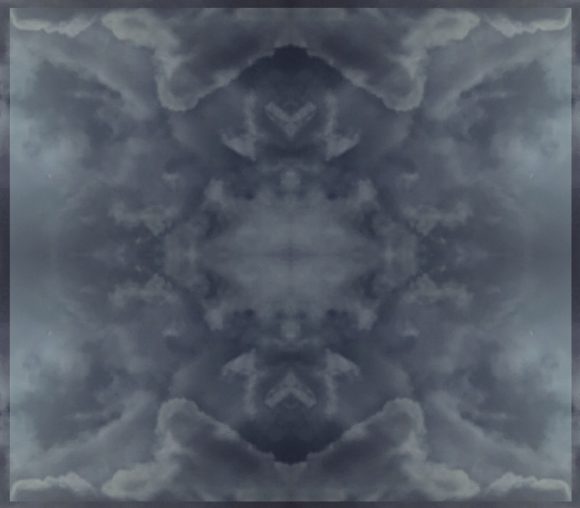Jung and Hillman both frequently make a move I have called “perspective reversal”: they make us aware that, while we believe that we “have” our dreams, actually the dreams “have” us. (And what goes for dreams goes for psychic items in general.)
But in some respects Hillman is even more radical than Jung (or at least he presents himself that way). He is more radical, first, in what purpose he assigns dream theory (and psychological theory in general); and secondly when it comes to how dream-work is concretely done in psychotherapeutic practice.

1. Hillman follows Jung in his view that images are the basic stuff of reality.
[We] cannot will (voluntas) or love (amor) or form a notion (notitia) or understand (intelligentia) without imaginal fantasies going on simultaneously. So we never cease projecting. We are dreaming all the time. The dream is there; we can never leave it. (MA 177)
Consequently, psychological theory must reflect this underlying metaphysics:
[our] task is less to integrate dreams and dreaming into a psychological system that could give us a positive feeling of knowing about them, than it is to see those systems as “dreams”. (DU 201)
I take this to mean that what we expect from psychological theories is not so much an explanation of dreams (what is their purpose? how do they “work”?) nor of their contents (how to interpret certain dream characters or narratives?) — but rather, psychological theory must be designed so as to fit with the underlying view that “everything” is, first and foremost, a stream of dream-like images (broadly understood).
This may make it seem as if psychological theory is merely a derivative of the underlying metaphysics. And although that is basically true, the theories still have an important role to play, since psychotherapeutic practice is based on them.
2. As Hillman draws out the consequences of his theory of dreams, and contrasts them with what follows from both Freud’s and Jung’s theories, he claims the main difference to be that,
while [Freud and Jung] put the dream in the patient and his life context, we place the patient and his life in the dream. (DU 195)
(Note, by the way, how this is yet another form of perspective reversal…?)
Now what, more specifically, does it mean to “place the patient and his life in the dream”?
One place where this would happen in therapy, according to Hillman, is when a client’s dreams are connected with their waking life: when “[the] relation between the dream and a person’s remembrances, or anamnesis […]” (ibd.) is explored. What is different here when we follow Hillman’s theories (rather than Freud’s or Jung’s) looks somewhat like this:
Our first psychotherapeutic move is to imagine him [the patient] in a dream. His dayworld stories are regarded as further places where his dream is dreamt, his problems further analogies of his images. […] Our image theory means that we have nowhere to place the patient except in his images. (Ibd.)
Thus Hillman’s radicalism shows itself in his view that everything about a person (all his “dayworld stories”, even the presenting concern) are to be taken metaphorically as an expression of soul (or more technically: as projections); and psychological theories (particularly dream theories) must meet this requirement. But ultimately, both the methodological requirements for therapy and the constraint on dream theories are based on the image monism, his underlying metaphysics.



